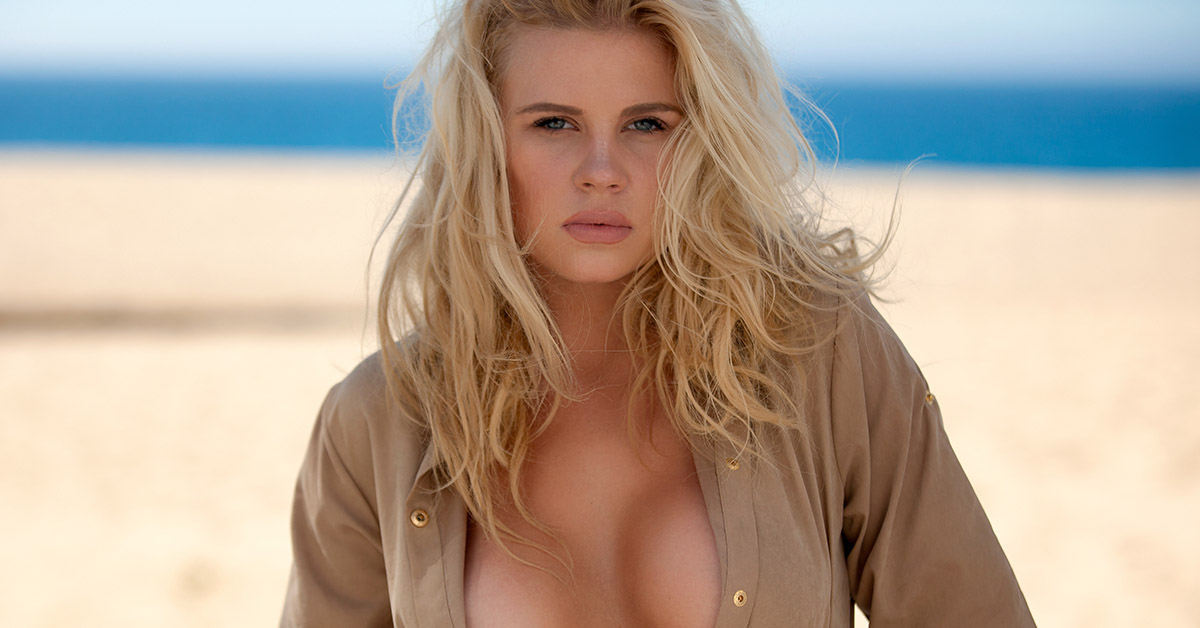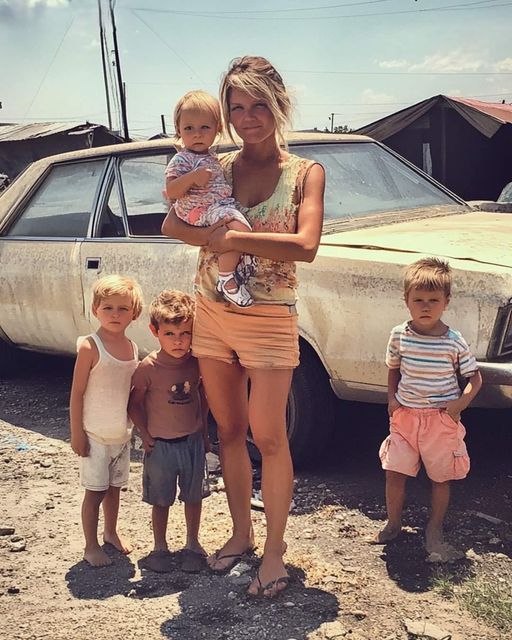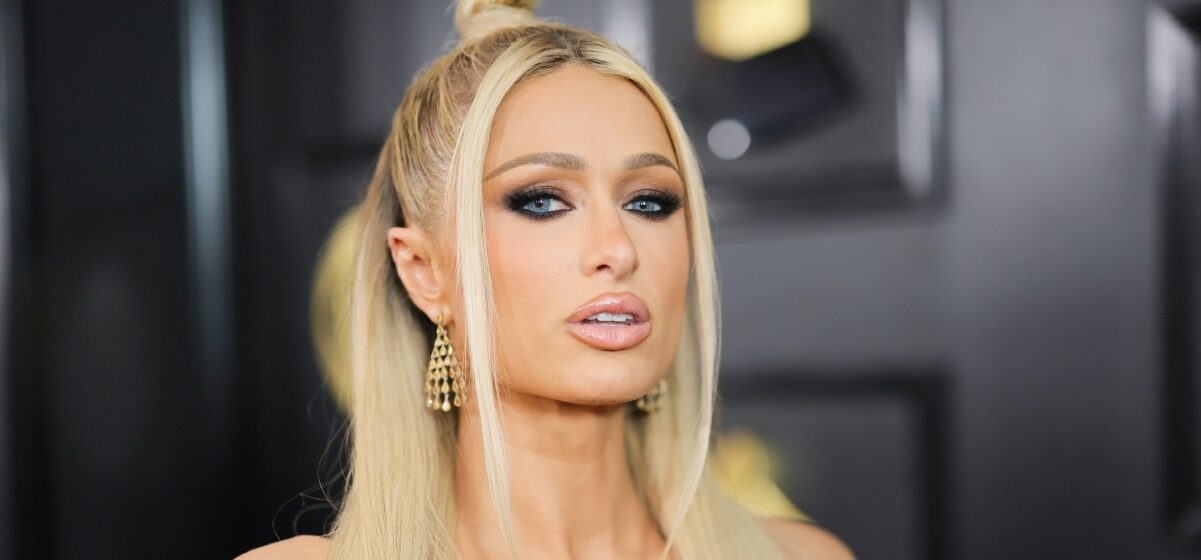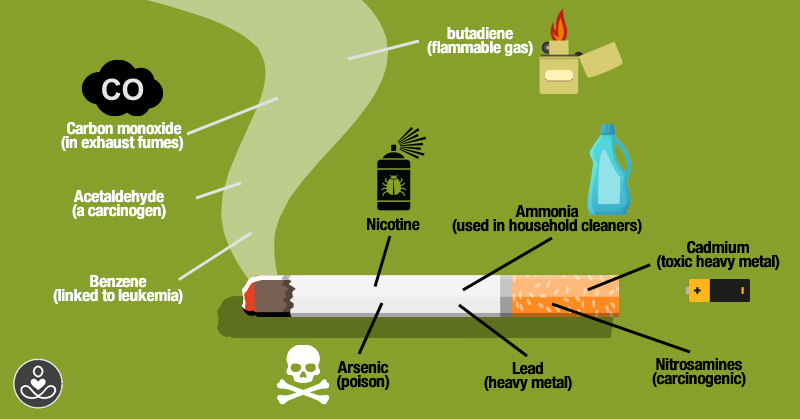Beauty standards have always played a significant role in societies around the world, shaping cultural norms, individual self-perceptions, and even economic trends. As societies evolve, so do the ideals of beauty, influenced by factors like media, globalization, and social movements.
The Role of Media in Shaping Beauty Standards

Media has long been a powerful force in defining and perpetuating beauty standards. From glossy magazine covers to social media influencers, the portrayal of beauty in the media sets a benchmark that many strive to achieve. In the past, these portrayals were often narrow, emphasizing a limited set of characteristics such as Eurocentric features, slim body types, and youthful appearance.
However, as media platforms have diversified, so too have the representations of beauty. Today, there is a growing presence of diverse body types, skin tones, and ages, challenging the traditional norms and embracing a broader spectrum of beauty.
Read More: 18 Uses For Coconut Oil – Beauty, Cleaning, Health, And More
Social Movements and Their Impact on Beauty Standards

Social movements have been instrumental in redefining beauty standards. The body positivity movement, for example, has pushed back against the idea that only certain body types are beautiful. This movement encourages acceptance and love for all body types, promoting the idea that beauty comes in all shapes and sizes.
Similarly, the natural hair movement has challenged the beauty industry’s preference for straight hair, celebrating the beauty of natural curls and textures, particularly within African American communities. These movements have not only altered individual perceptions of beauty but have also influenced the fashion and cosmetics industries to cater to a more diverse audience.
The Influence of Globalization on Beauty Standards

Globalization has led to the cross-pollination of beauty standards, where ideals from different cultures blend and influence one another. This exchange has resulted in a more global perspective on beauty, where elements from various cultures are celebrated and incorporated into mainstream standards.
For instance, the popularity of K-beauty (Korean beauty) in the U.S. and other parts of the world has introduced new skincare routines and aesthetic preferences, emphasizing clear, dewy skin and a youthful appearance. Similarly, the Western ideal of tanned skin has gained popularity in countries like Japan and South Korea, reflecting the influence of Western beauty norms.
The Changing Beauty Standards in the United States

The rise of social media platforms like Instagram has democratized beauty, allowing individuals of all shapes, sizes, and ethnicities to gain visibility and influence. Celebrities like Lizzo and models like Ashley Graham have become icons of this new wave, promoting body positivity and challenging the notion that beauty is one-size-fits-all.
Beauty Standards in Europe: A Blend of Tradition and Modernity

In Europe, beauty standards vary widely across the continent, reflecting the diverse cultures and histories of the region. In countries like France and Italy, traditional ideals of elegance and sophistication continue to dominate, with an emphasis on natural beauty and minimalism.
However, there is also a growing appreciation for diversity, with more representation of different body types and ethnic backgrounds in the fashion industry. The influence of American pop culture and the rise of social media have also contributed to the evolution of beauty standards in Europe, leading to a blend of traditional and modern ideals.
Read More: The Beauty In You
The Influence of Cultural Heritage on Beauty Standards in Africa

Countries like Nigeria and South Africa have vibrant beauty industries that cater to the unique needs and preferences of their populations. The rise of African beauty influencers and entrepreneurs has also helped to redefine beauty standards, promoting a sense of pride in African features and aesthetics.
The Growing Popularity of K-Beauty and Its Impact in Asia

The popularity of K-beauty has reinforced these standards while also introducing innovative skincare routines and cosmetic techniques. However, there is also a growing movement in South Korea and other Asian countries towards embracing more diverse beauty standards, challenging the pressure to conform to a single ideal.
Latin America’s Embrace of Curves and Cultural Identity

In recent years, there has been a shift towards embracing a broader range of body types and celebrating diversity within Latin American beauty. The influence of indigenous cultures and the blending of different ethnicities have contributed to a more inclusive understanding of beauty in the region.
Conclusion: The Future of Beauty Standards

While the impact of media and globalization will continue to shape beauty standards, there is also a growing recognition of the importance of embracing individuality and celebrating the unique beauty in each person. As society becomes more inclusive, so too will the standards of beauty, reflecting the rich diversity of the human experience.



